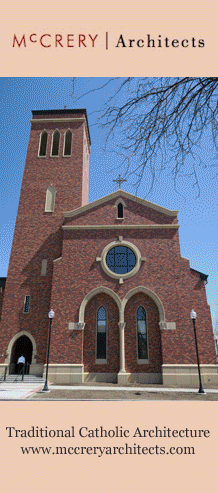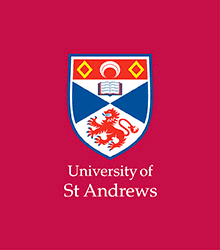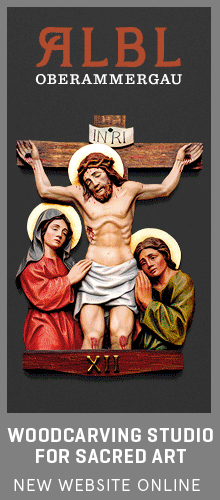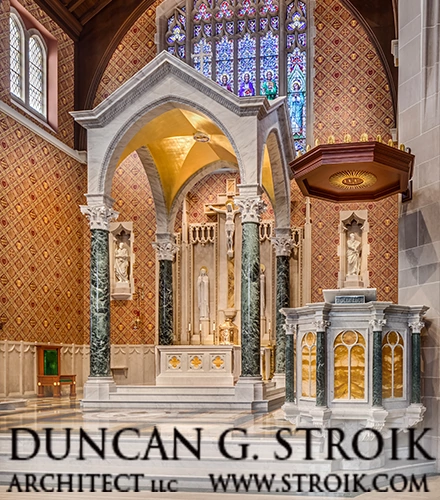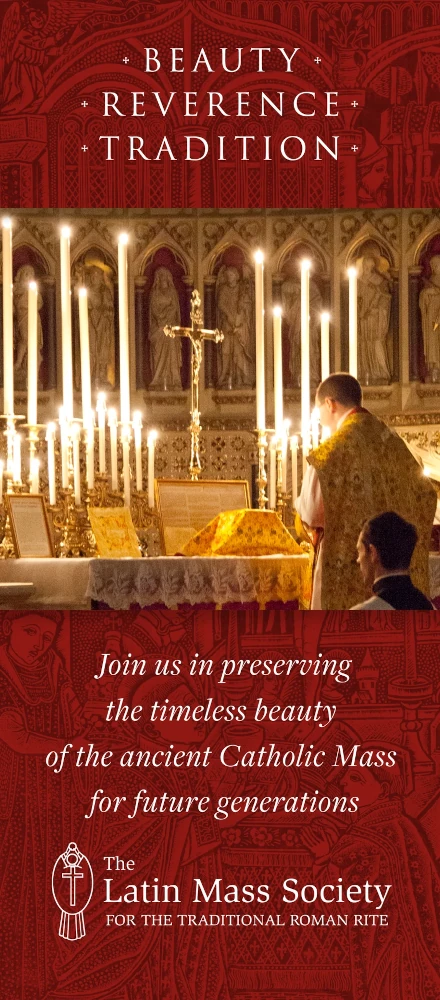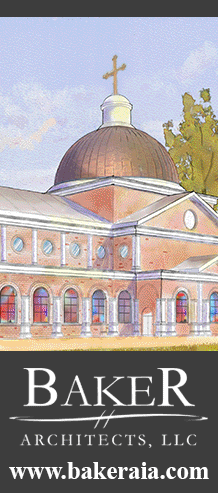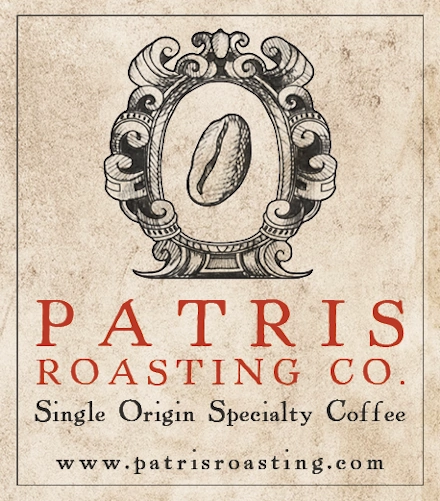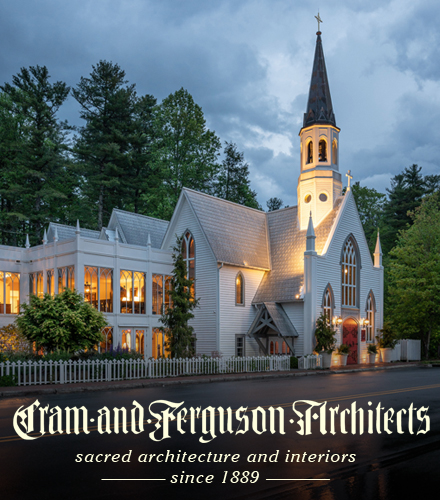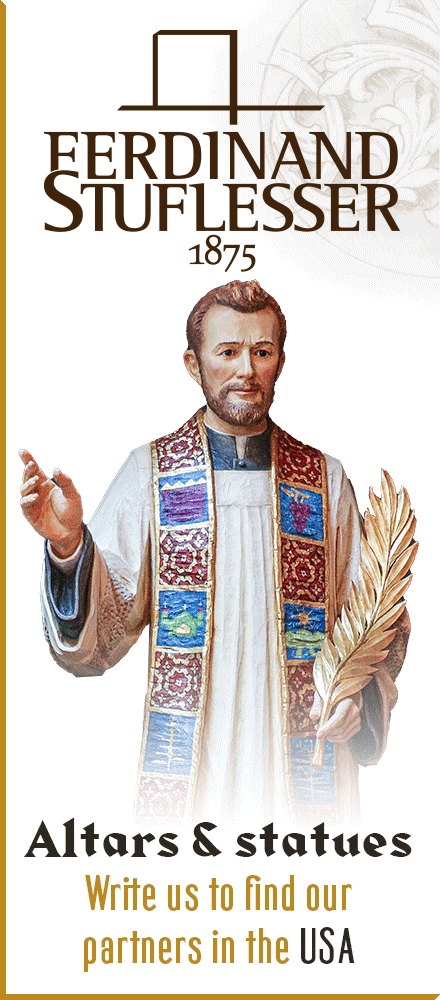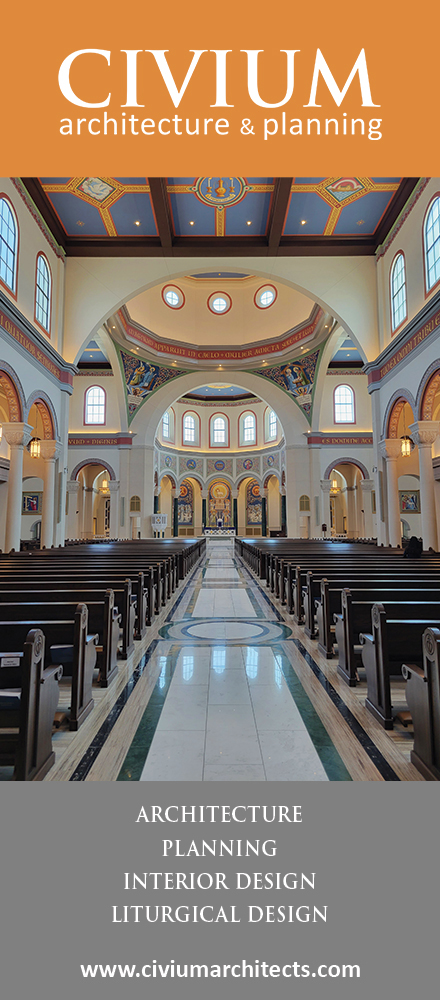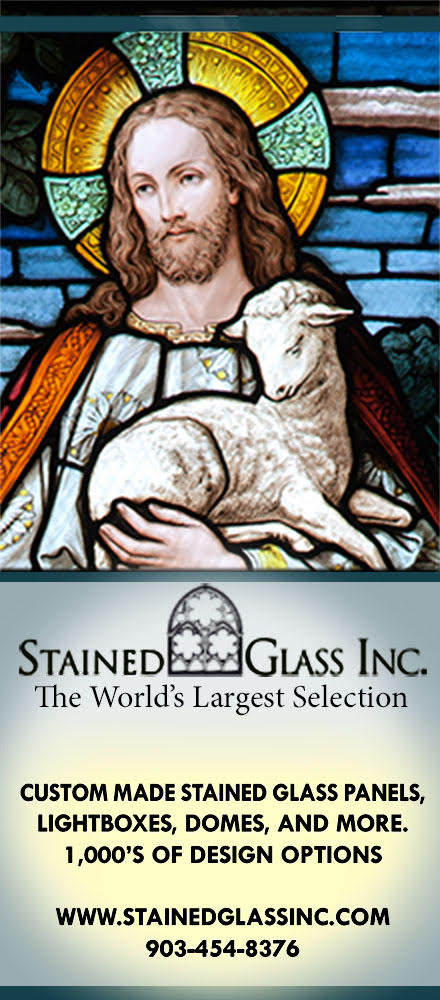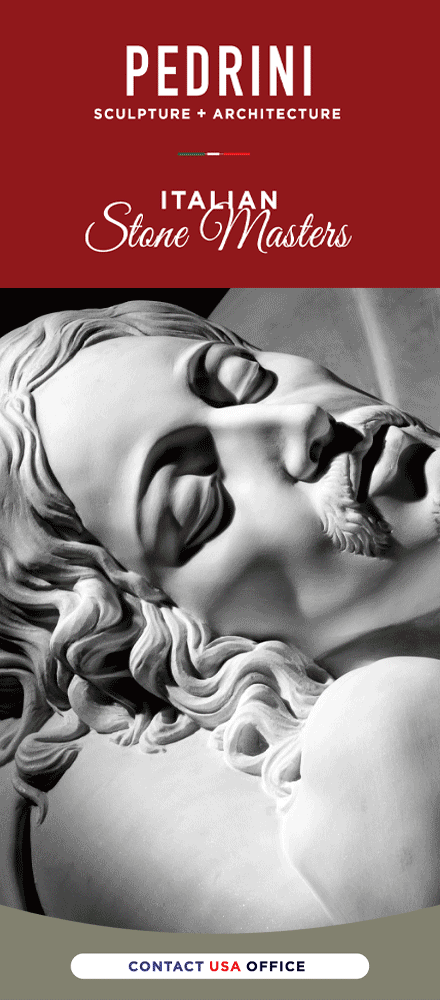Interview With Fr. Gabet, Msgr. Schmitz…Part 2 of 3
By BRIAN MERSHON
Published in the March 30 edition of The Wanderer
Phone: (651) 224-5733
This article is the second of a three-part series based upon interviews with Msgr. Michael Schmitz, who heads up the Institute of Christ the King, Sovereign Priest (ICKSP) in the U.S., and Fr. George Gabet, the North American General Superior for the Priestly Fraternity of St. Peter (FSSP).
Both priests reveal the phenomenal growth they are experiencing in Traditional Latin Mass communities, both in terms of numbers of families, as well as the number of young men attracted to vocations to the priesthood in the traditional rites.
Some well-meaning Catholics may object to measuring spiritual growth in pure numbers and raw data. Indeed, the totality of the spiritual life within the Church cannot be entirely measured and calculated as accountants measure success in the business world.
However, Pope Benedict XVI, in his Salt of the Earth, by Peter Seewald, gave the following answer to this very question put to him by Seewald.
“In this sense, we can’t calmly sit down and say, ‘Well, there’s no promise of large numbers; success isn’t one of the names of God; we’ve done our part, and we’ll see who comes and who doesn’t.’ This inner restlessness that comes from knowing we have a gift that is meant for humanity must always be present in the Church,” said then Cardinal Ratzinger in this Ignatius Press book published in 1997.
The facts of the extraordinary measurable decline of Baptisms, conversions, priestly vocations, religious vocations, and seminarians in the U.S. Church since 1965 are well documented by Kenneth Jones in his Index of Leading Catholic Indicators. This steep slide is especially stark in comparison to the explosive growth in these statistics in the U.S. Church from the 1930s to the 1960s.
The fact that this comparatively small, and much persecuted, pocket within the Church has an influx of both parishioners and priestly vocations indicates the Holy Ghost is at work in these Traditional Latin Mass communities.
This outward-looking, evangelical Catholicism is also alive and well, as these communities grow in such Bible Belt bastions as Chattanooga, Tenn.; Atlanta; Tyler, Texas; Little Rock, Ark.; and Taylors, S.C. A surprising percentage of these priestly vocations and attendees are converts or reverts to the faith.
One comment particularly stood out in this particular interview. This is when Msgr. Schmitz said, “You cannot condemn a form of liturgy that has always existed and that has produced, through the help of divine grace, so many saints and so many holy priests and religious.”
Indeed, this same thought is echoed by the current Pope, again, from Salt of the Earth:
“A community is calling its very being into question when it suddenly declares that what until now was its holiest and highest possession is strictly forbidden and when it makes the longing for it seem downright indecent. Can it be trusted more about anything else? Won’t it proscribe tomorrow what it prescribes today?”
+ + +
Q. Msgr. Schmitz, at the November 2005 Una Voce conference in Providence, R.I., you said that the Classical Roman rite was the rite that best expressed the Catholic faith. Why do think that? Can you elaborate for those who are new to the Classical Roman rite?
Msgr. Schmitz: First, let me make clear that I said that without any polemic or aggressive attitude toward the newer developments in the Church.
But you have immediately the impression that younger people, especially, understand the presence of the divine and the awe and veneration toward God in a deeper sense in many cases through the Traditional Latin Mass.
I have celebrated both rites in the past. Today, at the Institute, with the permission of the Holy Father, I celebrate exclusively the Traditional Latin rite, and have never witnessed so many conversions to the Catholic faith, or so many reversions to the Church by fallen-away Catholics since the time I have celebrated only the Traditional Latin Mass with the Institute of Christ the King.
Also, I have been deeply touched by the fact that all of our faithful want to become holy. The faith that is part of their daily lives is very alive within the realm of traditional Catholics. That does not mean that this is not so outside [of the traditional movement].
But it is a general wish for those who attend the Traditional Latin Mass to make the liturgy part of their lives. They want to bring the awe they experience during the liturgy into their private homes. They want to become part of the supernatural also in their daily duties.
I have had the impression that there has been in the past this Catholic feeling that the liturgy does not end at the Communion rail. Whereas, many people today make it only part of their private religious life. It’s not their fault. And this translation of the supernatural -- the beauty, the doctrine, the faith -- into what you do daily is evidently something the faithful who attend the Traditional Latin Mass feel very strongly about.
And certainly, we try to foster that because we do not want to be a private religion that is celebrated in a forlorn little pocket of the Church. The Catholic mentality is very outgoing. The Traditional Latin Mass seems to foster this outgoing mentality that integrates your daily life into your religious convictions.
[SRT: section cut out]
A Sense Of The Sacred
Q. In an age of a dearth of vocations, why do you think there are so many young men discerning calls to the priesthood to traditional orders, and so many diocesan seminarians desire to offer the Classical Roman rite of Mass and sacraments?
Msgr. Schmitz: I believe it is the essence of the priesthood that is being discovered by these young men. The priesthood is about the sacrifice of the Lord. The priesthood is centered on the sacraments, and the first and foremost sacrament, to which all the other sacraments lead, to the Holy Eucharist. By discovering they are men of the Holy Eucharist, they certainly also discover the Holy Eucharist has a history. And to this history, there belongs beauty; there belongs awe; there belongs respect for the liturgical detail.
And they find all those things in the Traditional Latin Mass.
Therefore, even if many of these young men want to be diocesan priests and stay faithfully in their dioceses, they ask to learn the Traditional Latin Mass simply because it is attracting them from the standpoint of their vocation to the priesthood, which is a priesthood of sacrifice.
And then I believe also that more and more, the break with history that had been established in the past in the formation of the priests has been replaced with a more organic view of the past and the present of the Church. You cannot condemn a form of liturgy that has always existed and that has produced, through the help of divine grace, so many saints and so many holy priests and religious.
And now those who are appointed to form these young priests understand that and it leads them to a greater generosity when it comes to discovering the riches of the liturgical treasure of the Church.
Fr. Gabet: You wonder. We’re growing. Some of the places we’re in like Lincoln, Neb., they have plenty of priests. Some of the dioceses we’re in, the bishops are doing something right. But some of the others who won’t accept us, they wonder why they’re not getting any vocations.
I believe part of the reason why we’re attracting so many men to discern their vocations in traditional orders is because of the reverence in the Traditional Latin Mass and sacraments. You actually give them a sense of the sacred. And that is what it takes to attract these young men to discern a vocation.
For me, I saw that the actions showed what we believe. Using the old idiom -- lex orandi, lex credendi.
When I saw the priests, the servers and the faithful, doing a genuflection -- not just a slight bow of the head -- but an actual genuflection to the King of Kings each time before they pass before the tabernacle, it shows they truly believe that God is truly present in the tabernacle. And we have come to worship Him.
In the Traditional Latin Mass, the emphasis is on the sacrifice. The priest has not come to be the master of ceremonies, but the actual mediator between God and man. He therefore directs himself toward the tabernacle. He does indeed turn toward the people to invite them to pray and to offer up their prayers, sacrifices, and supplications -- but to put them on his shoulders so that he will offer them during the holy sacrifice.
Certainly, it is a community gathered together. And of course it is obvious they will partake of a spiritual meal. But the emphasis is certainly on the sacrifice.
At the canon of the Mass, there is that respectful silence -- that anticipation that in just a few moments -- Christ Himself will come down from Heaven and take the form of bread and wine on the altar. The fact that it is silent when you are coming to the most important part, and your attention is just focused on that.
It was certainly this reverence that attracted me to the Traditional Latin Mass. It caused me to say, “This…I will give my life for.”
And I think that is exactly what the young people need today. They need something that is spiritual that will really attract them to give up the material things of the world that we are entrapped in -- and to say, “Okay. This is so beautiful. This is what God is calling me to do. I can do this.”
[SRT: Much more follows this...]
To read the entire interview in PDF format, click here.


